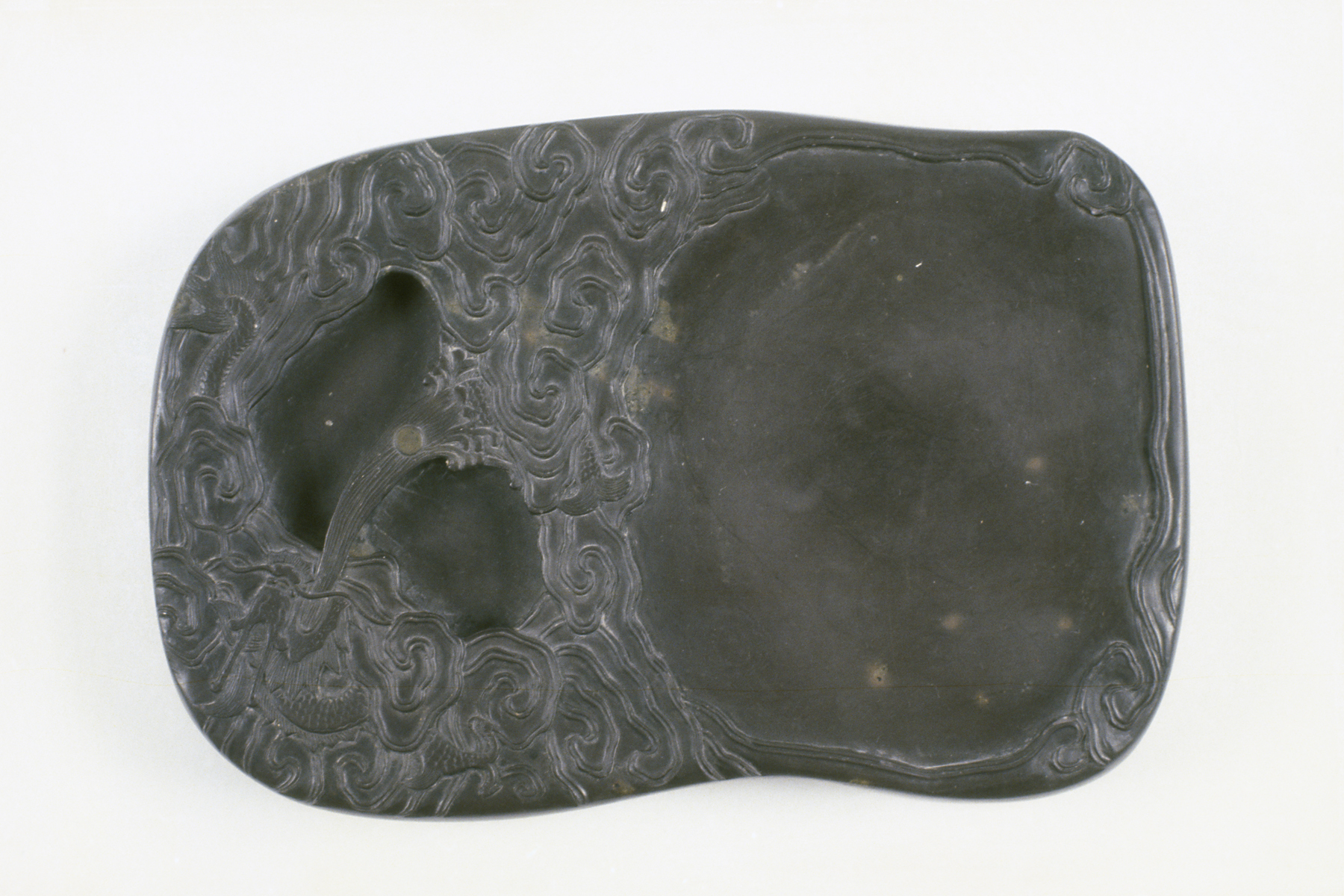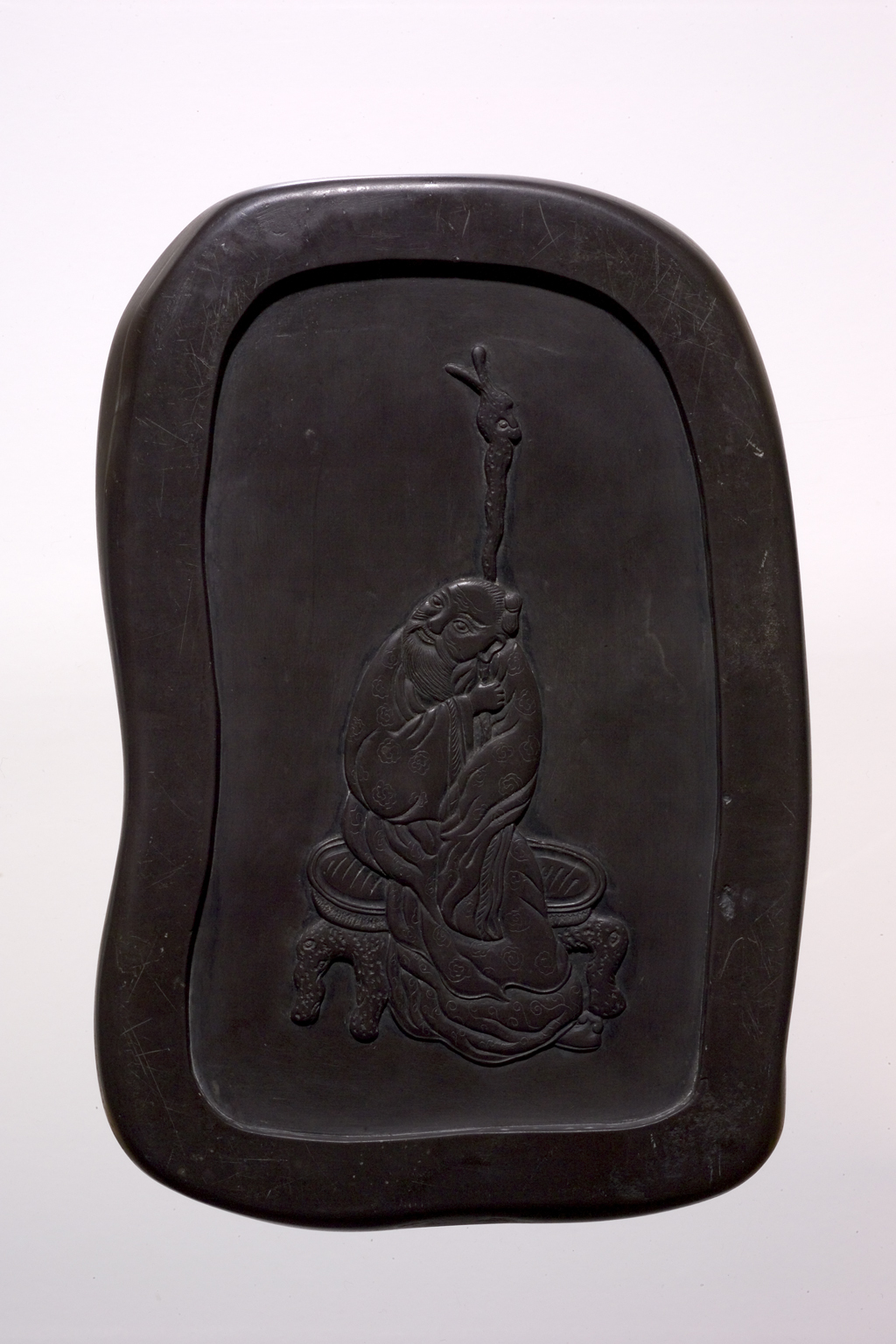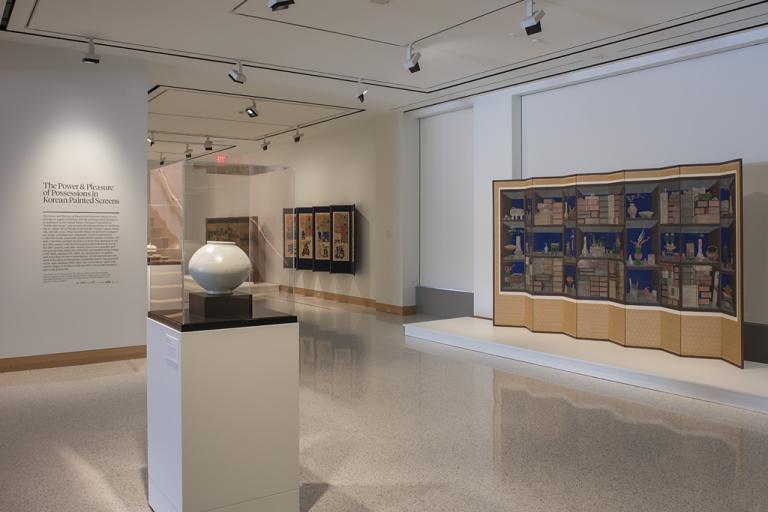ink stone, unknown maker from China
Artwork Overview
ink stone
, late 1800s, Qing dynasty (1644–1911)
Where object was made: China
Material/technique: duan stone
Dimensions:
Object Height/Width/Length (Height x Width x Length): 2.5 x 13 x 20.3 cm
Object Height/Width/Length (Height x Width x Length): 1 x 5 1/8 x 8 in
Object Height/Width/Length (Height x Width x Length): 2.5 x 13 x 20.3 cm
Object Height/Width/Length (Height x Width x Length): 1 x 5 1/8 x 8 in
Credit line: Gift of Irma Lutz Ebnother in memory of her parents, Dr. and Mrs. Ernest J. Lutz
Accession number: 1979.0059
Not on display
If you wish to reproduce this image, please submit an image request









